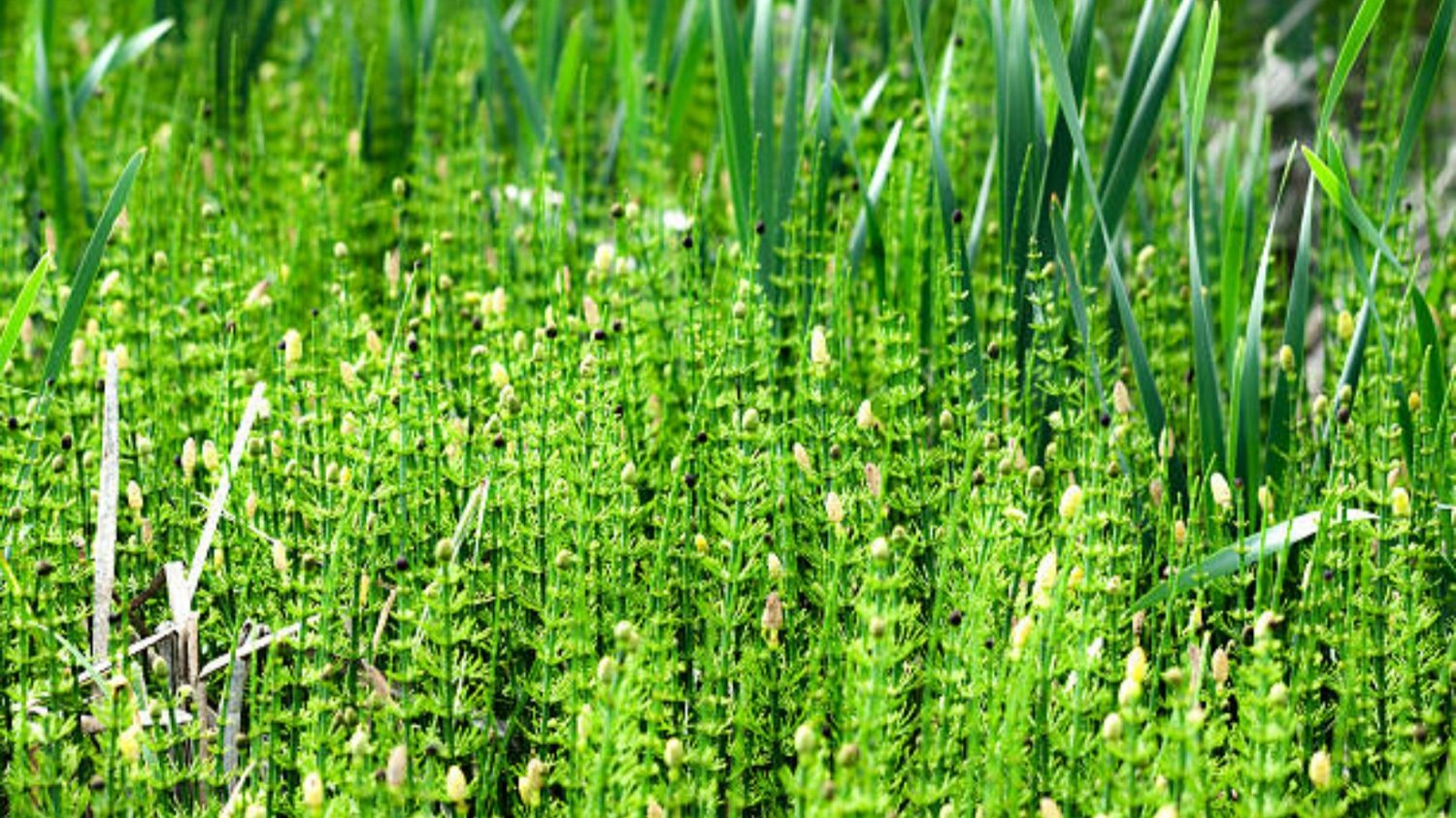Introduction
Spinosad, a naturally occurring insecticide, has gained popularity in the field of agriculture due to its effective pest control properties. Derived from the fermentation of a soil bacterium called Saccharopolyspora spinosa, this biopesticide offers a range of uses in agriculture. In this article, we will explore the various applications of spinosad and how it can benefit farmers in their fight against pests.
1. Effective Control of Lepidopteran Pests
Spinosad has proven to be highly effective in controlling lepidopteran pests, which include caterpillars, loopers, and armyworms. Its mode of action disrupts the nervous system of these pests, leading to paralysis and eventual death. By targeting specific receptors in the insect body, spinosad offers a targeted and efficient solution for farmers dealing with lepidopteran infestations.
2. Controlling Thrips Infestations
Thrips, tiny insects that damage crops by feeding on plant tissues and transmitting viruses, can cause significant losses in agricultural production. Spinosad provides an effective means of controlling thrips infestations. Its ability to penetrate the cuticle of these pests and disrupt their nervous system makes it an ideal solution for farmers dealing with thrips on their crops.
3. Managing Fruit Flies
Fruit flies pose a major threat to fruit crops, as they lay their eggs inside the fruits, leading to fruit damage and economic losses. Spinosad has shown great efficacy in managing fruit fly populations. By targeting the nervous system of adult fruit flies and their larvae, spinosad can effectively reduce their populations and protect fruit crops from infestation.
4. Control of Spider Mites
Spider mites are common pests that feed on the sap of plants, leading to discoloration, stunted growth, and reduced yields. Spinosad can effectively control spider mites, including both the adult mites and their eggs. Its unique mode of action disrupts the functioning of nerve cells in these pests, providing an efficient and targeted solution for farmers.
5. Protection against Beetles
Beetles, such as Colorado potato beetles and cucumber beetles, can cause significant damage to crops. Spinosad offers an effective means of protection against these beetles. Its ingestion and contact toxicity make it a valuable tool in managing beetle populations and reducing crop losses.
6. Organic Farming and Spinosad
As spinosad is derived from a naturally occurring bacterium, it is a popular choice among organic farmers. It is approved for use in organic farming systems by various certification bodies. With its low toxicity to mammals and beneficial insects, spinosad provides an environmentally friendly option for pest control in organic agriculture.
7. Harmless to Bees and Beneficial Insects
Unlike many conventional insecticides, spinosad has a favorable profile when it comes to the impact on bees and beneficial insects. It has low toxicity to bees and is less likely to harm beneficial insects such as ladybugs and lacewings. This makes spinosad a valuable tool for farmers who want to protect pollinators and maintain a balanced ecosystem in their fields.
8. Resistance Management
One of the significant advantages of spinosad is its low risk of developing resistance in pests. Its unique mode of action makes it difficult for pests to develop resistance, reducing the likelihood of resistance-related issues. This makes spinosad an essential tool in integrated pest management strategies, helping farmers combat pests effectively in the long term.
9. Application Flexibility
Spinosad is available in various formulations, providing farmers with flexibility in their application methods. It can be applied as sprays, baits, or even used in seed treatments. The versatility of spinosad allows farmers to choose the most suitable option for their specific crop and pest management needs.
10. Environmental Considerations
Spinosad is considered to have a favorable environmental profile. It has a short persistence in the environment, reducing the risk of accumulation and long-term impact. It also has a low potential for leaching into groundwater, minimizing the risk of contamination. By using spinosad, farmers can protect their crops while minimizing the environmental impact associated with pest control.

